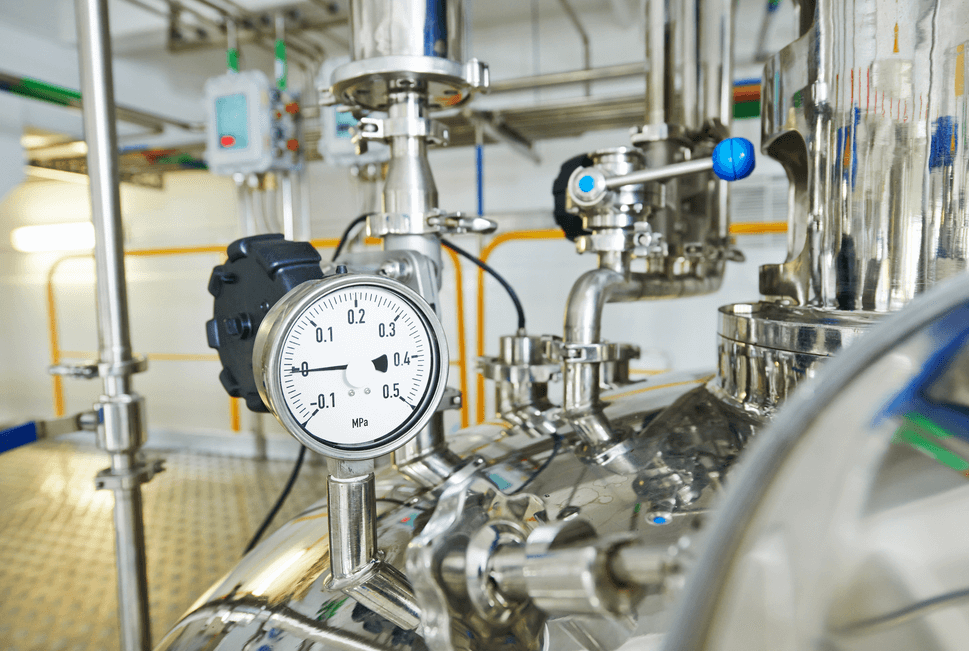What are the challenges of designing a chemical plant?
September 2, 2023 - Reading time: 2 minutes

Designing a chemical plant is a complex and multifaceted process that involves various challenges and considerations. Several of the key challenges are listed below:
Plant Hazard Mitigation: Ensuring the safety of both workers and the surrounding environment is the number one priority. Chemical plants handle hazardous materials and the risk of incidents, such as chemical spills or explosions, must be minimized through conducting thorough risk assessments to identify and mitigate, if not eliminate, potential hazards.
Process Engineering Design: Developing efficient and cost-effective chemical processes is a fundamental aspect of plant design. Engineers must optimize reaction kinetics, mass and energy balances and process flows to maximize production while minimizing waste and energy consumption.
Process Dynamics Control: Developing effective process control systems is crucial for maintaining product quality, safety and efficiency. This involves designing control loops, instrumentation and automation systems that can handle complex chemical processes.
Equipment Selection: Selecting the right unit operations, such as reactors, gas scrubbers and/or pressure swing adsorption, is critical to the success of a chemical plant. Equipment must be fit-for-purpose and must be reliable and cost-effective. Correctly sizing the unit operations is equally important since under/over-sizing may cause the plant to underperform.
Materials Compatibility: Ensuring that materials used in construction and equipment are compatible with the chemicals and conditions they will be exposed to is essential to prevent corrosion, degradation or contamination.
Energy Efficiency: Energy costs can be a significant portion of a chemical plant's operating expenses. Designing for energy efficiency by optimizing heat integration, using energy-efficient equipment and implementing energy recovery systems can help reduce operational costs.
Project Economics: Balancing the capital and operational costs of the plant with its expected revenue is a constant challenge. Accurate cost estimation and financial modeling are essential for project viability and profitability.
Regulatory Compliance: Complying with local, national and international regulations and standards is crucial. Chemical plants are subject to numerous laws and regulations related to environmental protection, worker safety and product quality. Meeting these requirements can be a significant challenge.
Environmental Impact: Chemical plants can have a significant environmental footprint. Designers must consider strategies for minimizing emissions, waste generation and resource consumption to reduce their environmental impact. In addition, chemical plant designs also need to address sustainability concerns, including reducing greenhouse gas emissions, minimizing water usage and adopting environmentally friendly practices.
Maintenance and Reliability: Ensuring that the plant can operate continuously with minimal downtime requires a focus on maintenance and reliability engineering. Predictive maintenance techniques and spare parts management are also important aspects that have to be addressed.
Designing a chemical plant is a complex, multidisciplinary engineering effort that requires the collaboration of engineers, technologists, safety experts and other professionals. Addressing these challenges effectively is crucial for the successful operation of a chemical manufacturing facility.
Jimmy Lea P/L
Engineering & Simulation Consultants